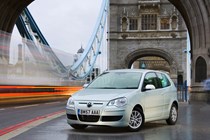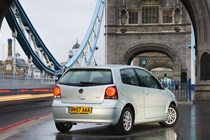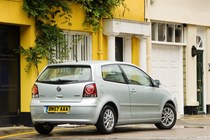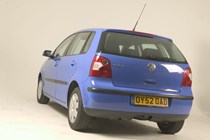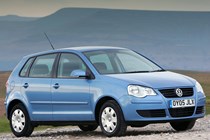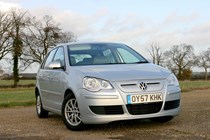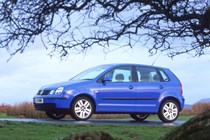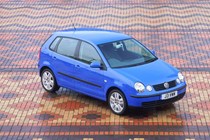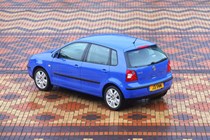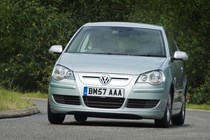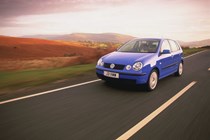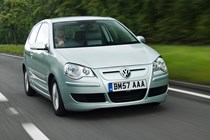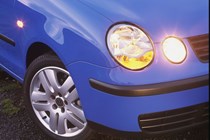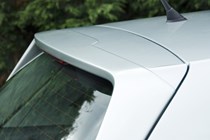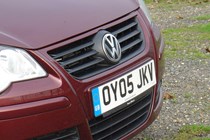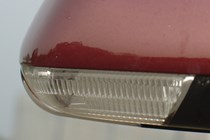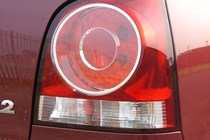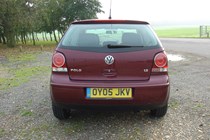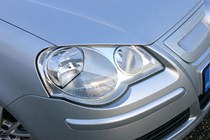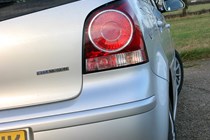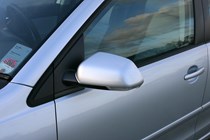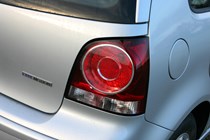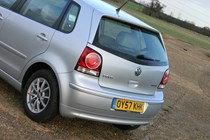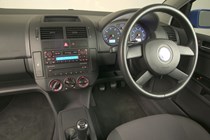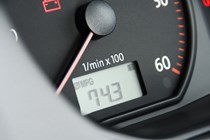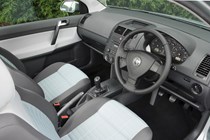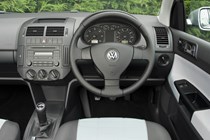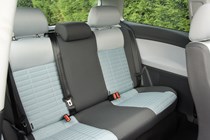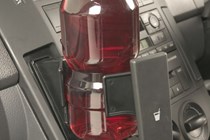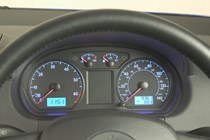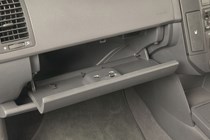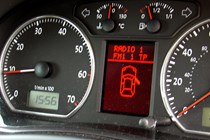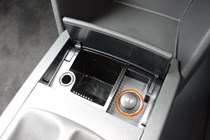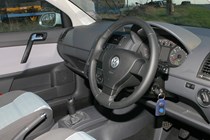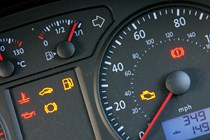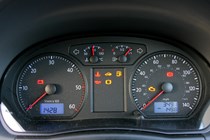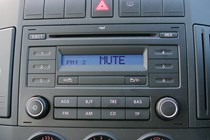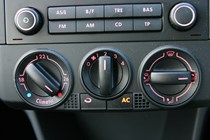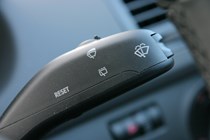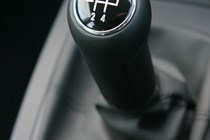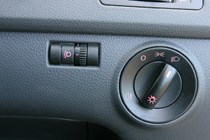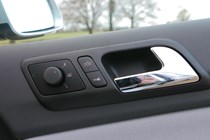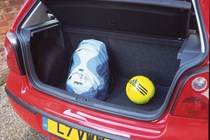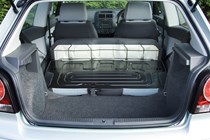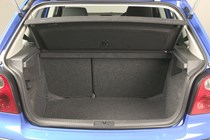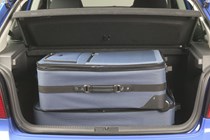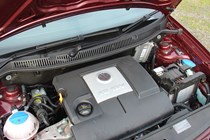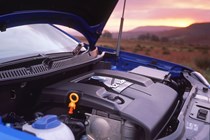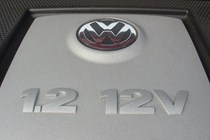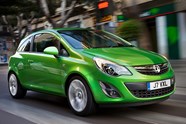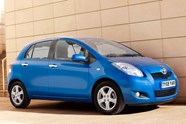
Volkswagen Polo Hatchback (2002-2009) review
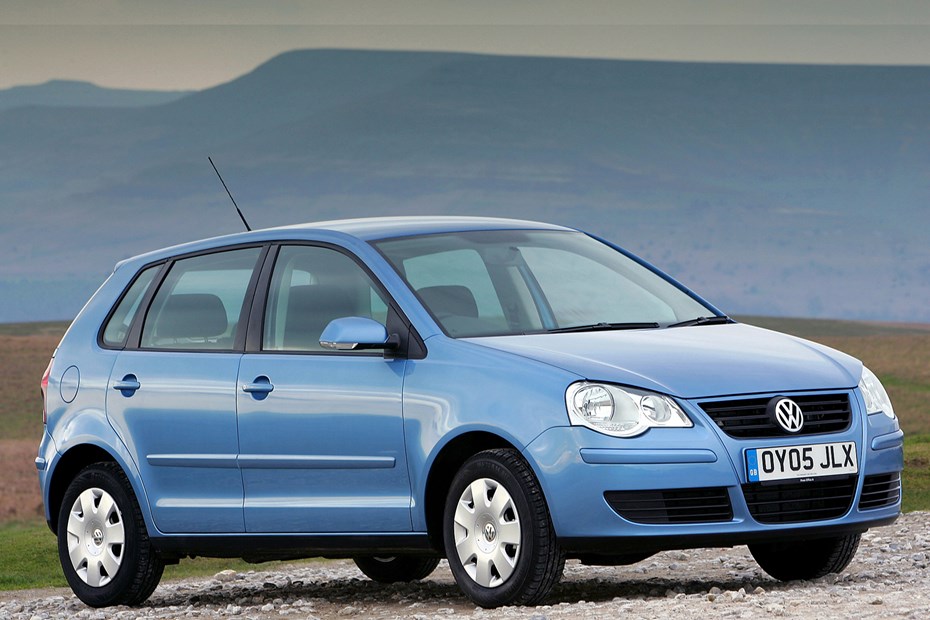
At a glance
| Price new | £6,890 - £15,465 |
|---|---|
| Used prices | £388 - £3,298 |
| Road tax cost | £20 - £345 |
| Insurance group | 3 - 17 |
Get an insurance quote with

|
|
| Fuel economy | Not tested to latest standards |
| Range | 366 - 732 miles |
| Number of doors | 3 - 5 |
| View full specs for a specific version | |
Available fuel types
Petrol
Diesel
Pros & cons
- Excellent build quality
- Safe to drive
- Low emission Bluemotion version available
- Expensive compared to other small hatchbacks
- Low equipment levels
- Drab interior
Volkswagen Polo Hatchback (02-09) rivals
Overview
It may not be the most exciting small hatchback on the market but the Volkswagen Polo is hugely popular, meaning a vast selection of used models even as the Mk4 approaches classic status at 21 years old.
With excellent build quality, bullet-proof reliability and that all important Volkswagen badge on the grille, it’s not hard to see why it was so popular – though the Ford Fiesta Mk5 can make a better used choice due to the lower running and repair costs.
Safe and comfortable to drive, it’s available with a wide choice of engines including some very economical diesels, while the interior is durable and well finished.
Buying a 2002-2009 Volkswagen Polo Mk4
Going on sale in 2002, the all-new Polo Mk4 (called the type 9/N internally) is a milestone in the history of the Polo. This model continued the tradition of being the bedrock and basis for all the brands Volkswagen had acquired – namely Seat and Skoda with their Ibiza and Fabia models.
Frontal styling clearly echoing the Lupo while round at the back, the tail-light design was unashamedly mimicking the Passat in its design cue.

Aspirational brand values always ensured the Polo had a strong resale value, yet the Mk4 also noted a slight downturn in terms of build quality. That said, the Polo feels well made and higher quality than it’s rivals inside, and tends to shrug off high miles better.
What you need to be aware of are the abused examples that hide on many forecourts or owner’s driveways. Be equally wary of ultra-low mileage cars locked away in urban garages. These need to be recommissioned and slowly brought back to life if you are to avoid heartache and big bills – these cars like to be regularly used.
Volkswagen Polo Mk4 – known faults and common problems
1. Lumpy or erratic running (petrol)
Once warmed through, if you find a stuttering idle, a flat spot when trying to accelerate or the revs not seeming to echo your pedal movements, you could be looking at a failing coil pack. You may have a flashing EML warning lamp on the dashboard too.
2. Slow or non-working electric windows
If the windows are very slow to raise or lower, chances are the runners will need lubricating with spray silicone. Eventually the motor will burn out if ignored. If you can hear a faint click from the door but no window movement when you work the switch, the motor is already scrap.
3. Long warming up period (petrol)
If the car seems to take a long time to warm up or the temp needle barely gets above the second white line, budget for a thermostat and coolant swap. The thermostat is designed to fail or life expire in the open position and it’s an inexpensive problem to cure.
4. Random warning lights
Be wary if the vendor tries to flannel you over warning lights on the dash for ABS, emission or running faults. It can be an ECU failure that’s not rife in the Polo but a known glitch on earlier cars up to 2006.
5. Check service history
The Polo is a hardy thing but doesn’t like lazy servicing, especially missed oil changes. Ultra-low mileage cars require the same attention as motorway hacks – more so in fact. If the oil sludges up and is left ignored the camshafts and hydraulic tappets will eventually fail. They must have a yearly oil change, so accept no excuses for missing servicing.
6. Rear shock absorbers leaking
As the title suggests, keep a keen eye for an oil mist or a fluid leak from the rear suspension dampers. A wallowing ride along a country lane or an unsettled bouncing ride on the motorway will confirm the shockers are shot.
7. Myopic and misty headlamps
Check the front headlamps haven’t fogged over from UV rays to the point where it will fail an MOT – the Polo is prone to this. You can get them polished up professionally for less than £100 or do it yourself with one of many DIY headlight restoration kits on offer.
8. Stiff gearchanges
Walk away from any car requiring a firm shove to select gear. It’s more than likely requiring a gearbox rebuild thanks to a seizing selector shaft. Accept nothing less than a loose but effortless gearchange quality.
9. Check for rust
As a rule, the Polo resists the rot quite well but check all edges, behind the filler flap and between joins of the bumpers and bodywork. Any galloping rot normally means a poor bodywork repair in its early life.
10. Electrical gremlins
Earlier diesel cars had an earth tracking fault in the alternator that over time drains out the battery. If the paperwork shows more than three battery replacements since the car was new or has a history of needing a jump-start you’ll be budgeting for a reconditioned alternator.
Any stand-out models in the Polo range?
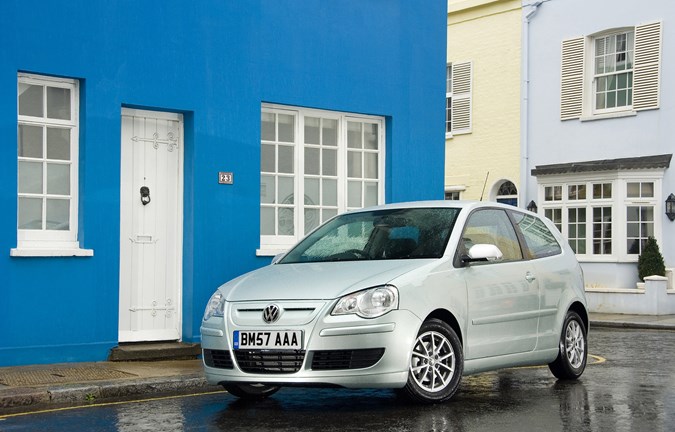
If you’re looking to save money there’s also an environmentally-friendly Bluemotion model available. Thanks to engine tweaks, aerodynamic changes and longer gearing this emits just 99g/km of CO2 – so it qualifies for free-road tax, plus it will average an incredible 74mpg. The model was facelifted in mid-2005 with a sharper look and angular headlights replacing the twin lights.



